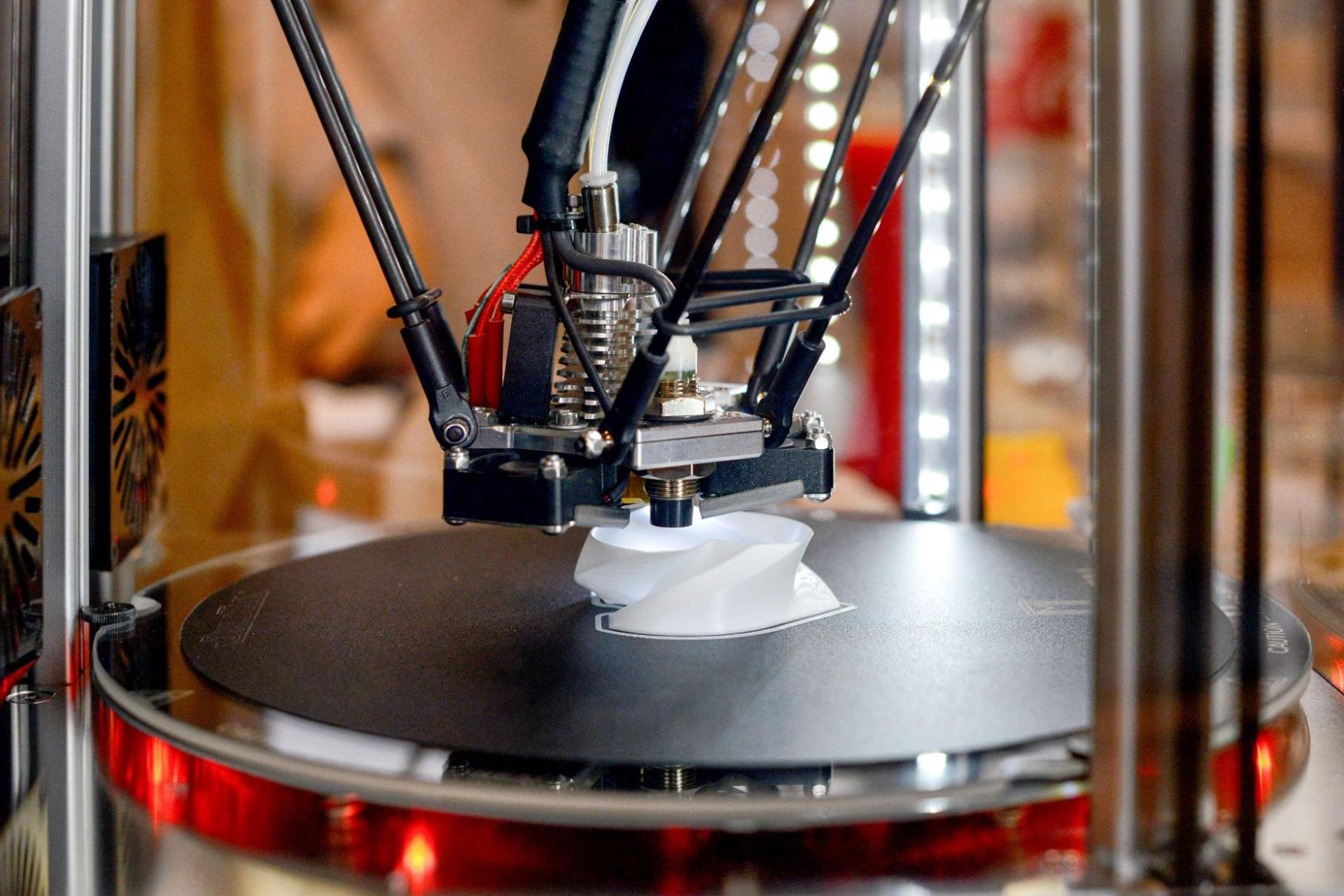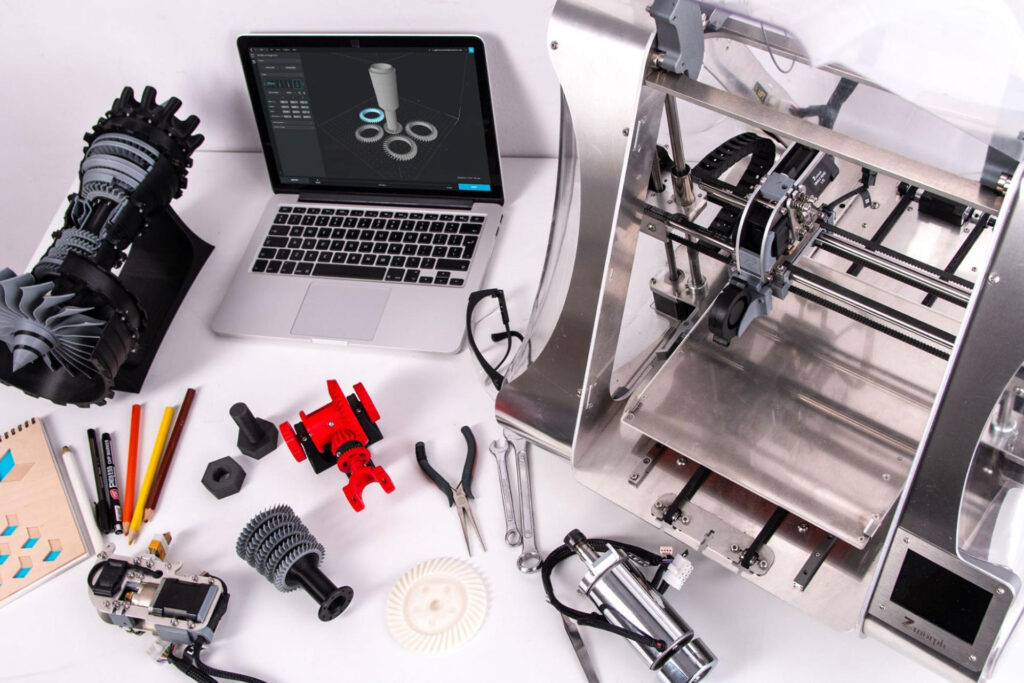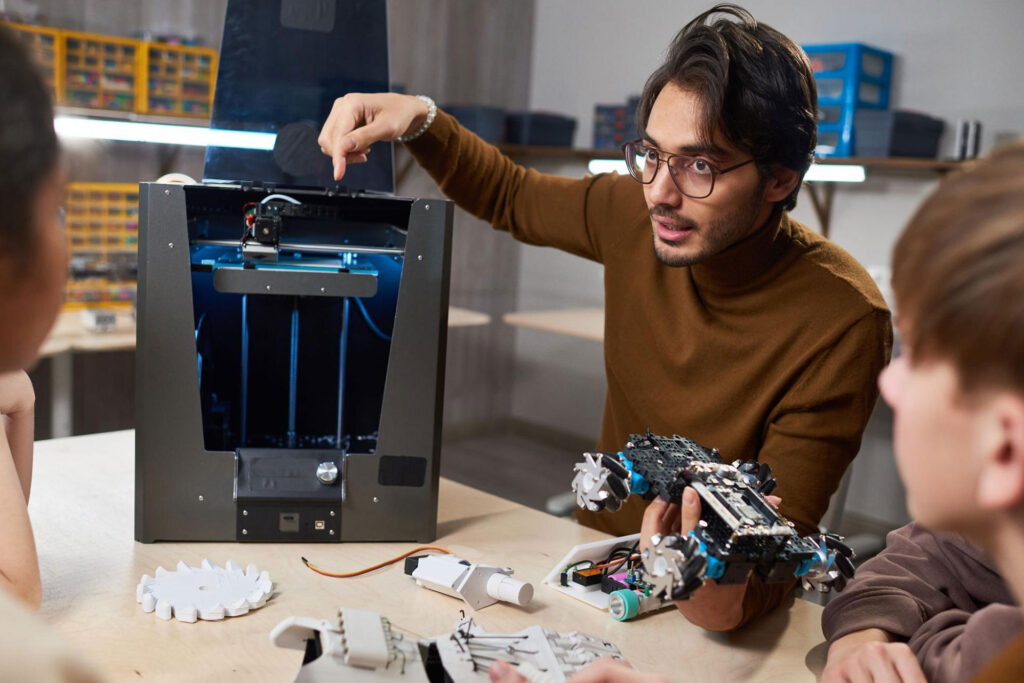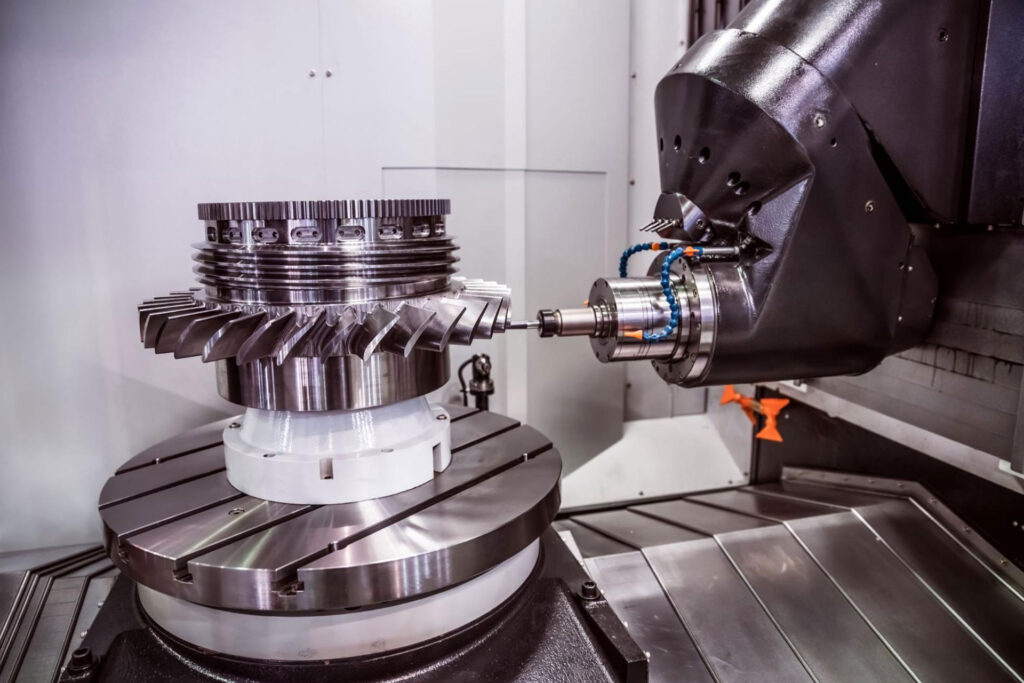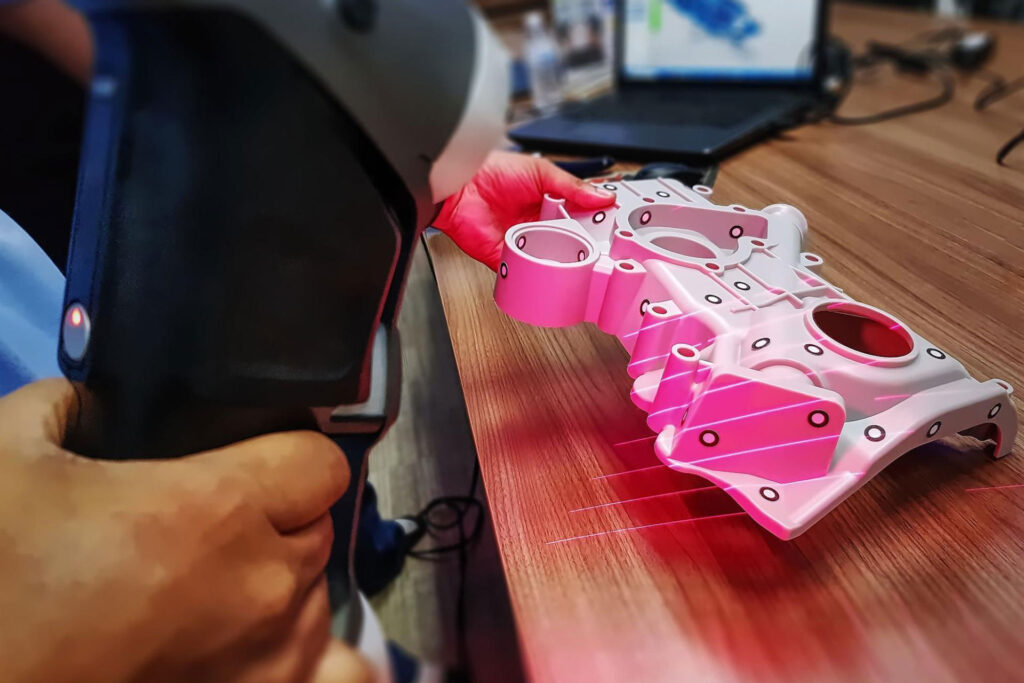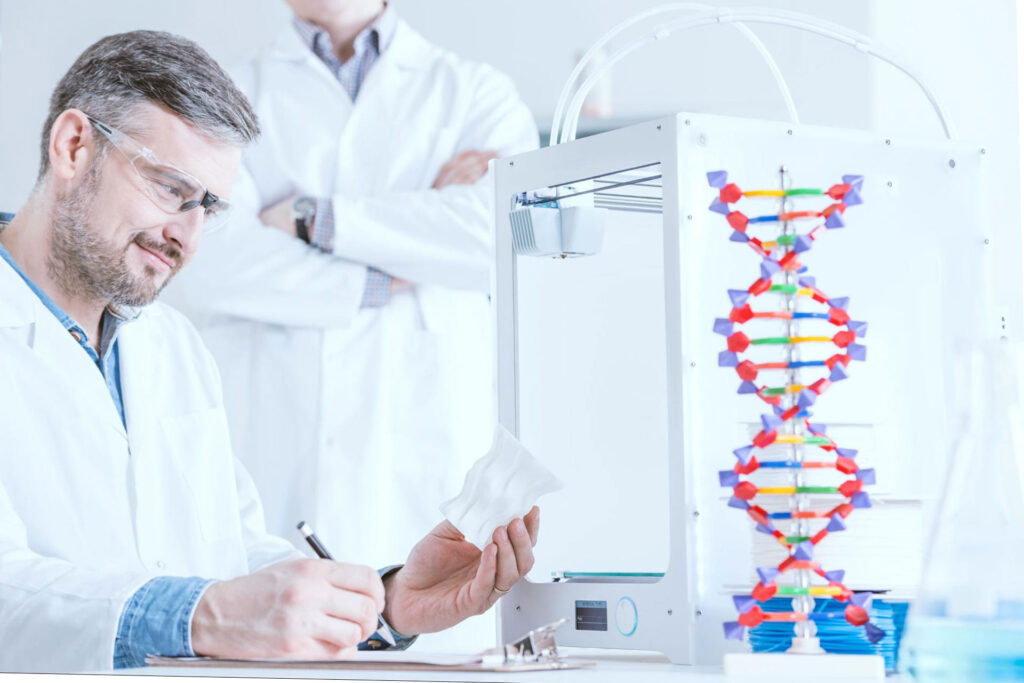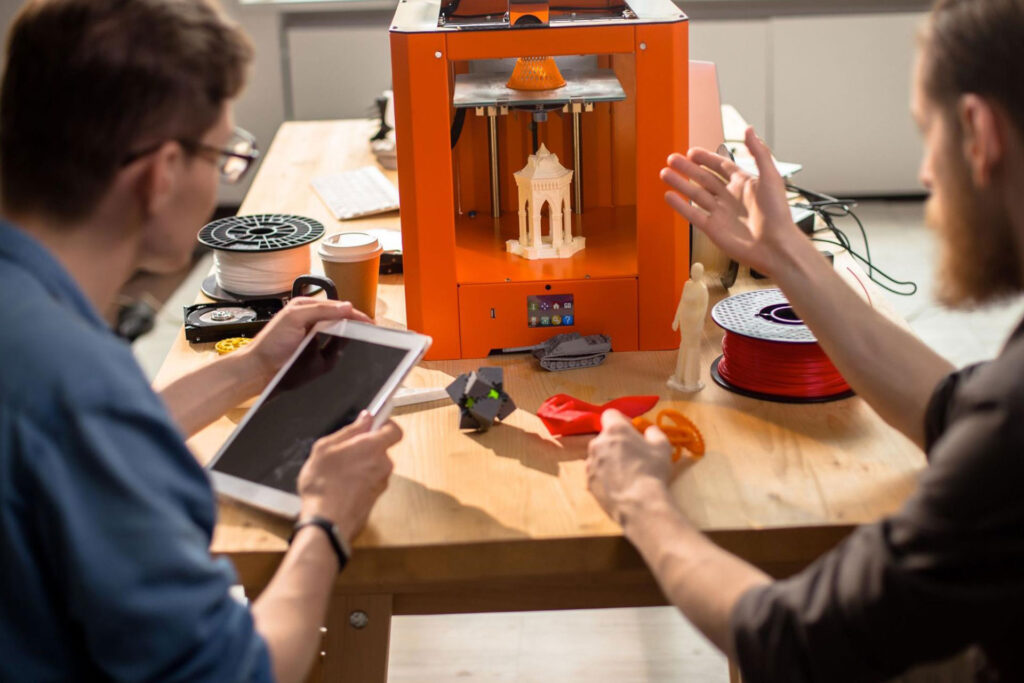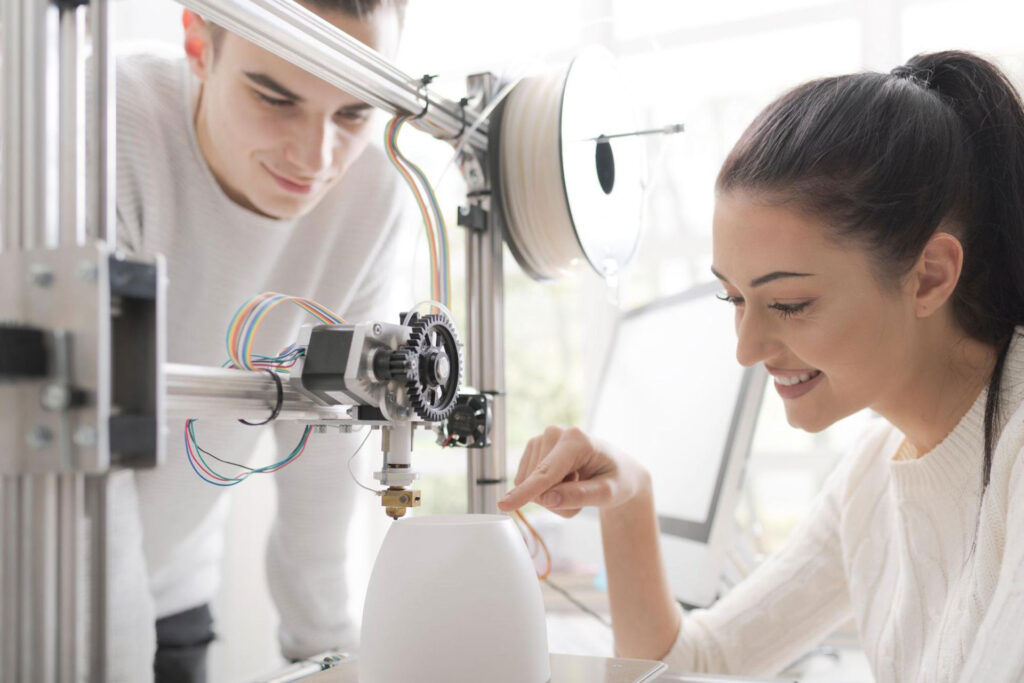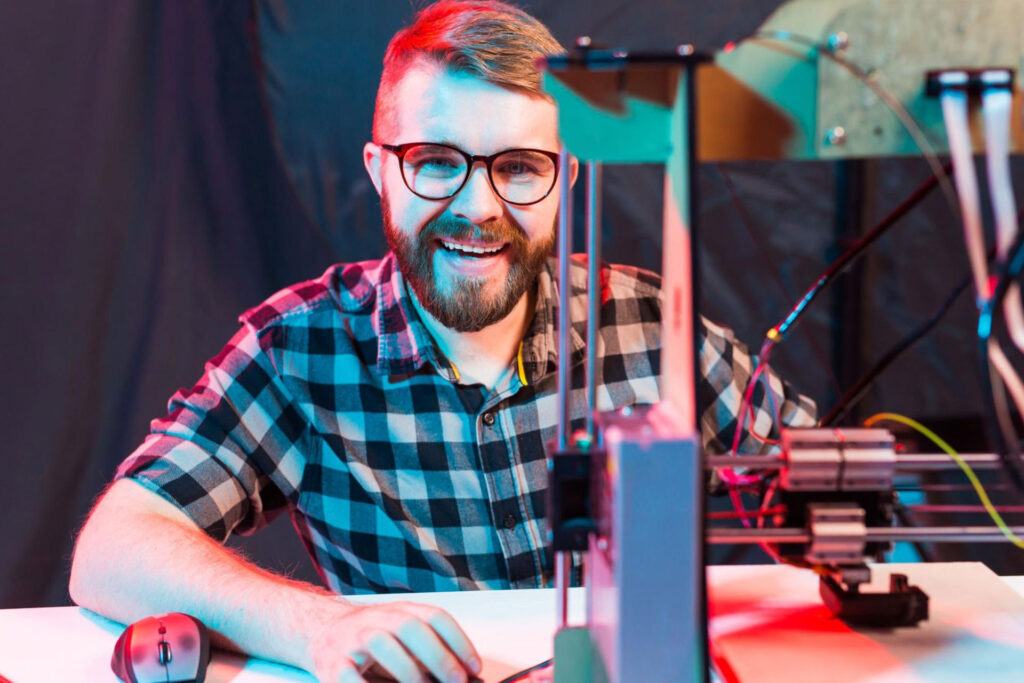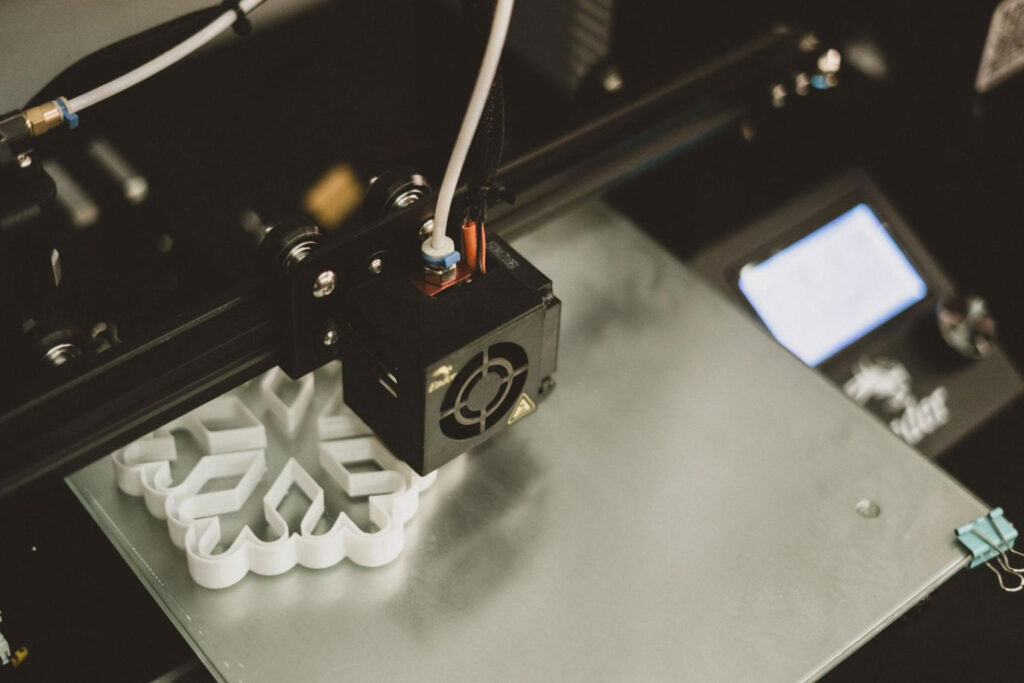3D printing isn’t a new technology as it has been around in the 1980s, but for some, it’s a relatively new invention since it’s only been in the recent years that it was on the rise. And given the more advanced technology today, 3D printing has also developed and continued to provide ways to help businesses. However, along with this is the rise of misconceptions that not only misleads people about certain information but have also become a deterrent for them to try and use these technological advancements to bring ease and improve their way of doing things.
In this article, we will be listing down the common misconceptions about 3D printing. So stay and read on.
1. 3D Printers are Way Too Expensive
Not all 3D printers will break the bank. Of course, the ones with large formats do cost more, but this doesn’t mean that the smaller formats won’t fit the budget. Technology advancements such as 3D printers are investments and they have specialized functions that cater to making the traditional way of manufacturing less complicated, which is why you can expect that the quality ones will have a price on it. Although, then again, this doesn’t mean that opting to purchase a quality 3D printer for your business will be way too expensive or out of the budget.
2. 3D Printers are Too Complex to Use and Figure Out
One of the reasons why some people shy away from incorporating 3D printing into their manufacturing process is because of the idea that it’s too complex or difficult to use. Additive manufacturing may seem complex to figure out in the beginning, especially if you’re used to the traditional way of manufacturing, however, once you get the hang of it, you’ll see that it’s not complex to use or figure out.
Keep in mind as well that technology evolves and people are slowly finding ways to make technology advancements such as 3D printers more user-friendly. So now, you’ll find that there are already a lot of 3D printers that are ready to use, which means you can just plug it in and follow a few instructions, then viola, you can start printing. Just like any other thing you encounter for the first time, you won’t always get it right or straight-out know how to operate 3D printers, but if you take time learning them, you’ll be able to cope with how they work.
3. 3D Printing is Only for Selected Industries
3D printing isn’t created only for selected industries. There’s no one specific industry that 3D printing caters to. In fact, aerospace, education, automotive, construction, manufacturing, and robotics have already been making use of 3D printing to create 3D printed parts, tools, and fixtures for different purposes, helping to reduce risks in errors and produce quality, precise parts. Given the number of industries mentioned above, who knows how many more industries will join in and make use of 3D printing.
4. 3D Printers are Used Only for Prototypes
3D printers are not only designed to create prototypes, but they are also used to produce different parts, tools, fixtures, and more for varying purposes by businesses across the globe. This notion may often be confused with rapid prototyping as this is one of the prominent applications used in 3D printing or additive manufacturing.
5. Material Options are Limited with 3D Printing
Contrary to what some may think, 3D printing isn’t limited to plastic and metal materials. But it’s worth noting that metals really are found to be suitable for 3D printing because of their mechanical properties, which is why you can do a lot of things with a metal 3D printer.
Technology has continued to evolve throughout the years, which is why new 3D printers today are already designed and are capable of printing using various materials such as resins, polycarbonates, powders, graphite, ceramics, nylon, and more. However, there are still some materials that cannot be 3D printed such as paper, rock, real wood, and fabrics. This is because they will burn before they even melt and be extruded through a nozzle. Aside from that, you’ve got quite a good array of material options for 3D printing.
6. 3D Printers are Capable of High-Volume Production
As much as 3D printing is ideal for small-scale production and prototyping of complex parts because of its speed, it’s not the best solution for high-volume production. Despite its continuous development, it’s not yet at the point where its manufacturing process is able to cater to large-scale production like traditional manufacturing
Looking for quality 3D printing in the Philippines? Contact us today to know more about our products!


